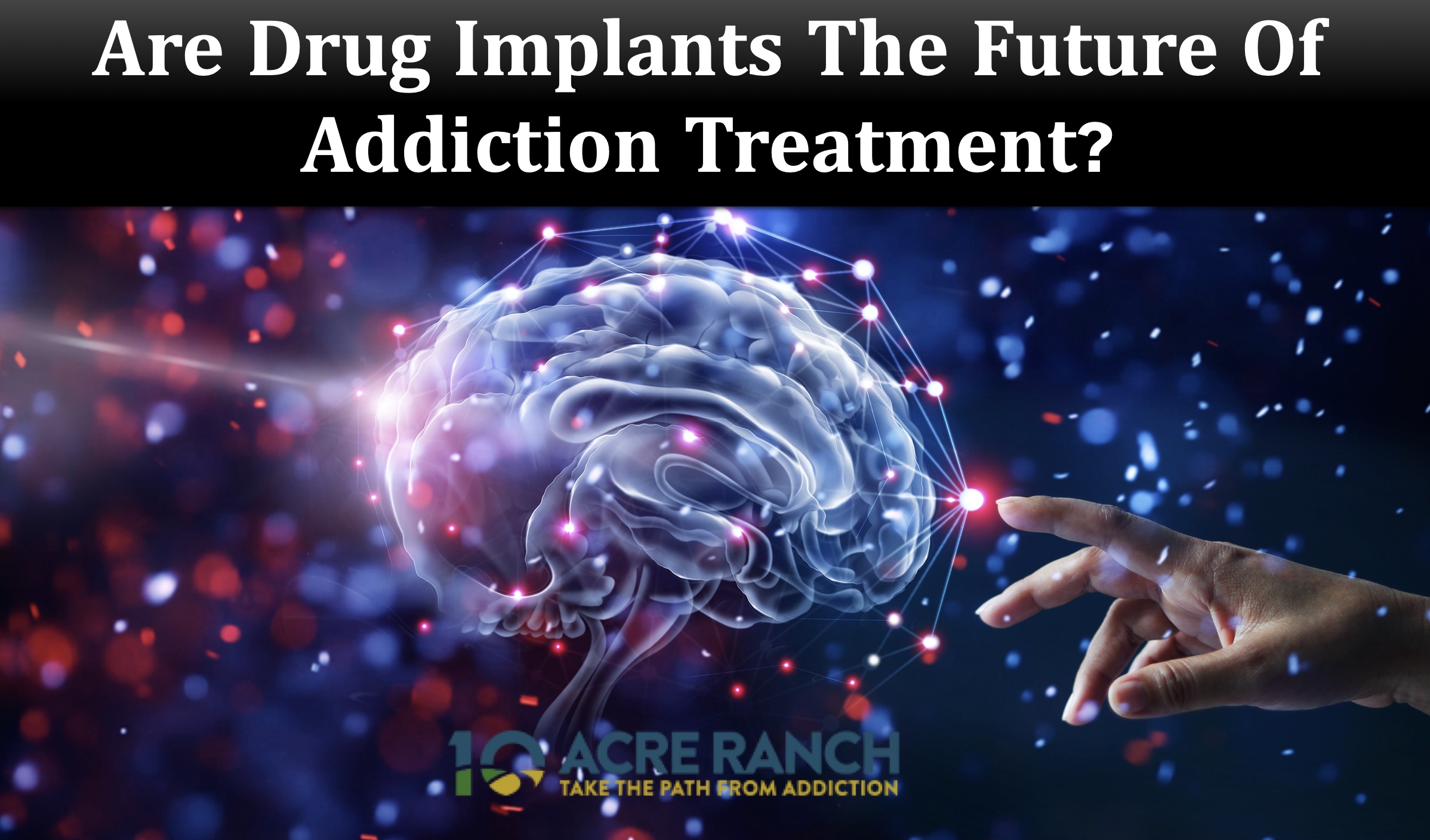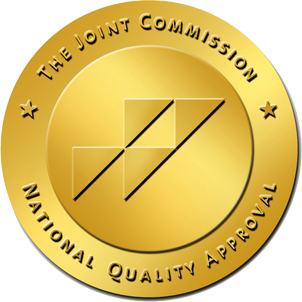
One of the most common misconceptions about drug addiction revolved around the idea that addicts somehow lack a sense of self control and moral fortitude. However, decades of research and science have led experts to a deeper understanding of how addiction actually works. Addiction is a brain disorder characterized by compulsive drug seeking and drug use despite harmful consequences. Many people with addiction (or substance abuse disorder) have an intense, unrelenting focus on obtaining and using a certain substance, such as alcohol or methamphetamine, even to the point where it will take over their lives. Many addicts suffer job loss, homelessness, loss of personal relationships, and sometimes even legal trouble. Drug implants are a new development in the field of addiction treatment.
How addiction and human brain function are interlinked
People with a substance use disorder have chemically altered the wiring of their brain and how it functions, because of this many people have distorted thinking, behavior, and bodily functions. The majority of drugs work on an area of the brain commonly known as the “reward center”.
When a person uses alcohol or drugs, chemicals, mainly dopamine, are released inside the brain. These chemicals are meant to train the brain for survival, increasing the likelihood a certain action will be repeated again in the future. Over time, with repeated use of drugs or alcohol, the brain begins to rely on this substance because it has been tricked into believing that it needs it in order to survive. Additionally, the brain begins to associate certain things like people, places, or objects with this behavior and can be triggered even years after getting sober. This helps to explain why some people relapse after they have stopped using drugs or alcohol. Thankfully though, there are many treatment options available for those seeking help with a substance abuse problem.


How to find addiction treatment options for yourself, or a loved one in Riverside, California
Making a quick search on Google for support groups will likely bring up hundreds of results for anonymous 12-step programs such as Alcoholics Anonymous (AA) or Narcotics Anonymous (NA). While these are offered in almost every city, for free, sometimes it just isn’t enough, especially for someone who is just getting sober for the first time. Alternatively, depending on the level of care needed, there are many drug and alcohol treatment programs available as well, such as medical detox, inpatient programs, outpatient programs, intensive outpatient programs, group counseling, and so on. Factors to consider when trying to decide what level of treatment may be appropriate for you or a loved one will depend on many factors, such as: severity of addiction, type of drug used, quantity of drug being used, whether or not multiple drugs are being used at the same time, and how long they have been using drugs or alcohol. If you have any questions, do not hesitate to reach out to one of our addiction treatment specialists for a personalized plan today! Unfortunately, addiction treatment is not one size fits all. Otherwise, that would make solving this disease a whole lot easier, and though there may be many tried and true treatment options available for anyone who may be suffering from an active addiction, there are still ongoing studies and clinical trials with the intention of solving this problem.
Their passion is to find alternative treatment methods for those individuals who are more likely to benefit from their application. One of the methods that are currently underway, and is actively being studied, is the use of implants to treat drug and/or alcohol addiction. Below is a list of several different methods currently being studied that involve the use of drug implants that work to re-wire the addicted brain.

Naltrexone Drug Implants
Perhaps the most popular of this emerging field of science would be the FDA (Food and Drug Administration) approved treatment of naltrexone implants for addiction. Naltrexone is used to help combat heroin, or other opioid addiction, as well as an addiction to alcohol. An addiction to heroin, or prescription painkillers such as Vicodin, codeine, or Oxycontin, can be extremely dangerous. The safest, sometimes only, way is to attend a medical detox program. The same can be said with an addiction to alcohol. The problem with both these substances is that the cravings for the drug early on in recovery can be extremely intense. Fortunately, the naltrexone implant works by delivering a consistent dose of naltrexone into the body

for 3-6 months. It is usually implanted into the abdominal wall and has little to no recovery time after surgery. Additionally, there is no need for removal as the implant, resembling a pellet, will eventually dissolve after the allotted time frame. The important part of this medication is that it reduces the craving for drugs or alcohol by blocking the pleasurable effects substances send to the reward center of the brain, essentially re-training the brain to no longer associate drugs and alcohol with a pleasurable experience.

Deep Brain Stimulation
Another promising method for addiction treatment is deep brain stimulation. Deep brain stimulation is also gaining popularity for the treatment of things like obsessive compulsive disorders and Parkinson’s Disease. This approach to treatment hopes to combat the underlying causes for cravings, addiction itself, and relapse. Deep brain stimulation will be the tool to essentially aid in the rewiring of a person’s brain. Typically, an implant resembling that of a pacemaker is inserted under the skin, with a wire attached to the brain. In some cases, though, a person can have a chip implanted directly in the brain. The electrodes they emit target specific areas of the brain, impacting the brain’s reward system.
Buprenorphine Implants
Another implant meant to aid in the war against the opioid crisis is the buprenorphine implant. It was FDA approved in 2016 as a 6 month subdermal implant for the treatment of opioid dependence. Similar to the naltrexone implant, it releases a study supply of buprenorphine for 6 months. Although, they do not dissolve and must be surgically removed.
Keep in mind these drug implants are just a few of the alternative methods currently being researched. At its heart, addiction is a disease and needs to be treated as such. Thankfully, with decades of research behind the current science, we are becoming better at solving this problem.






